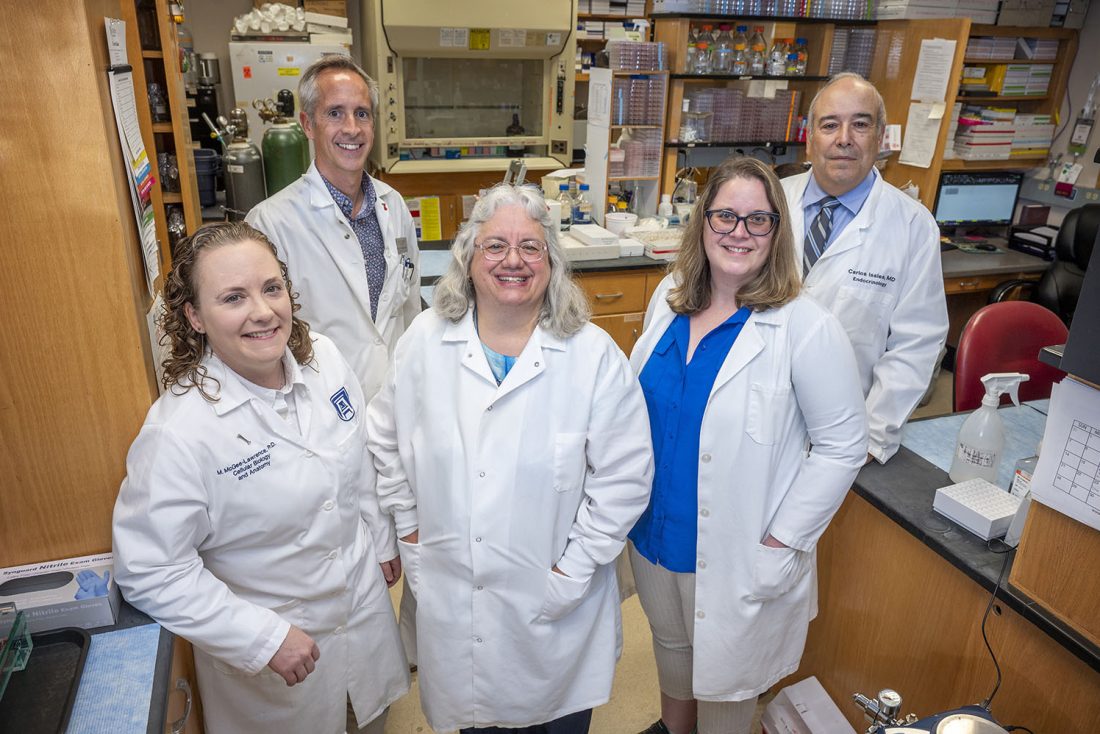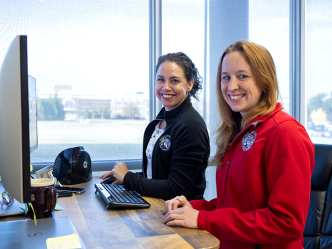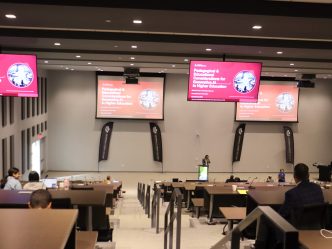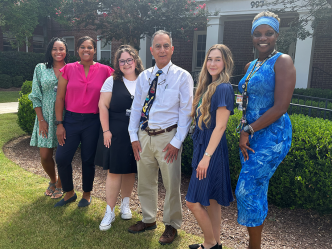Figuring out how the tissues in our bones, adrenal glands, muscle and fat “talk” to each other could help scientists better understand what happens to our skeletons with age, when our bones tend to lose mass and become weaker, leaving us at risk for falls and fractures.
“Tissues don’t function in isolation – everything in the body ‘talks’ to everything else to keep people healthy across the lifespan,” explains Meghan McGee-Lawrence, PhD, bone biologist at the Medical College of Georgia at Augusta University and principal investigator on a new five-year $2.4 million grant from the National Institute on Aging that aims to better understand what happens when the conversation goes awry.
McGee-Lawrence, interim chair of MCG’s Department of Cellular Biology and Anatomy, and her team believe the answer may lie in how stress hormones signal the skeleton to make more bone making cells called osteoblasts instead of bone-dissolving osteoclasts and how that changes as we age.
“So, we made a knockout (mouse) model, for what we thought was a key receptor that helped initiate that bone-making process. And instead of fixing the problem, it made everything worse,” McGee-Lawrence says. “We figured out, long story short, that there was another receptor that we had kind of overlooked that might be driving some of these problems.”
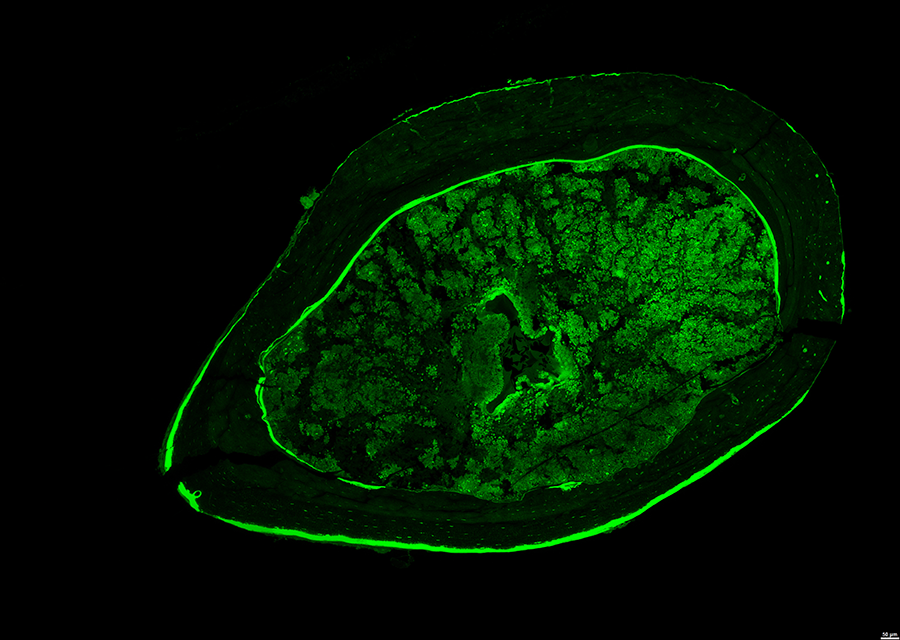
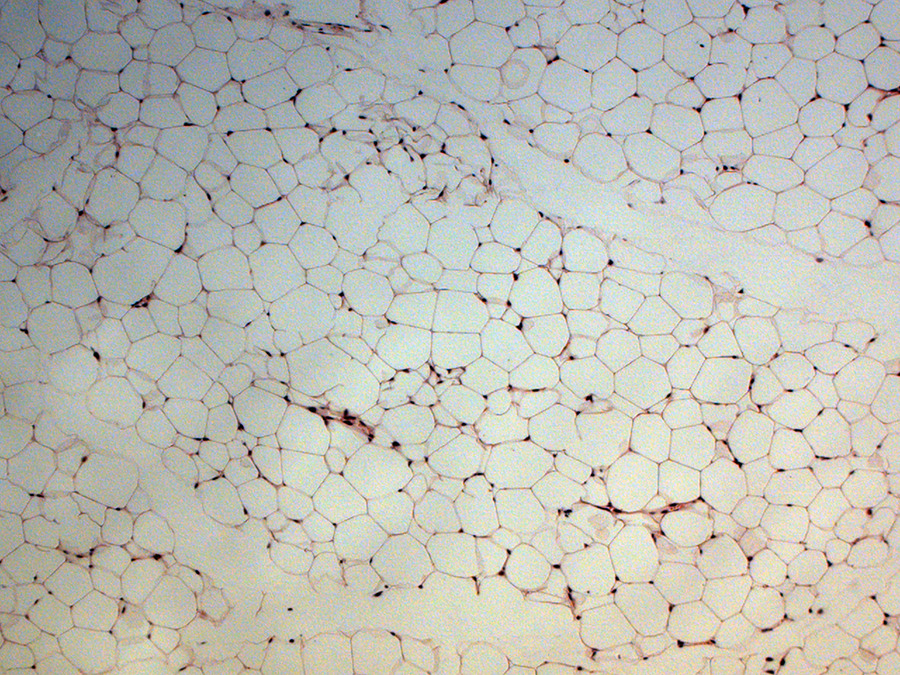
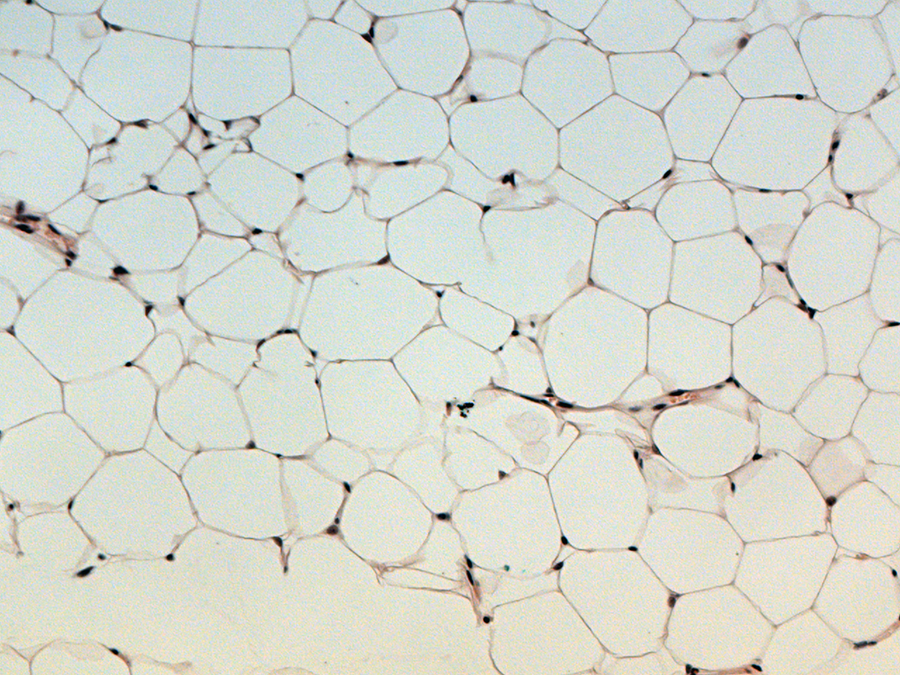

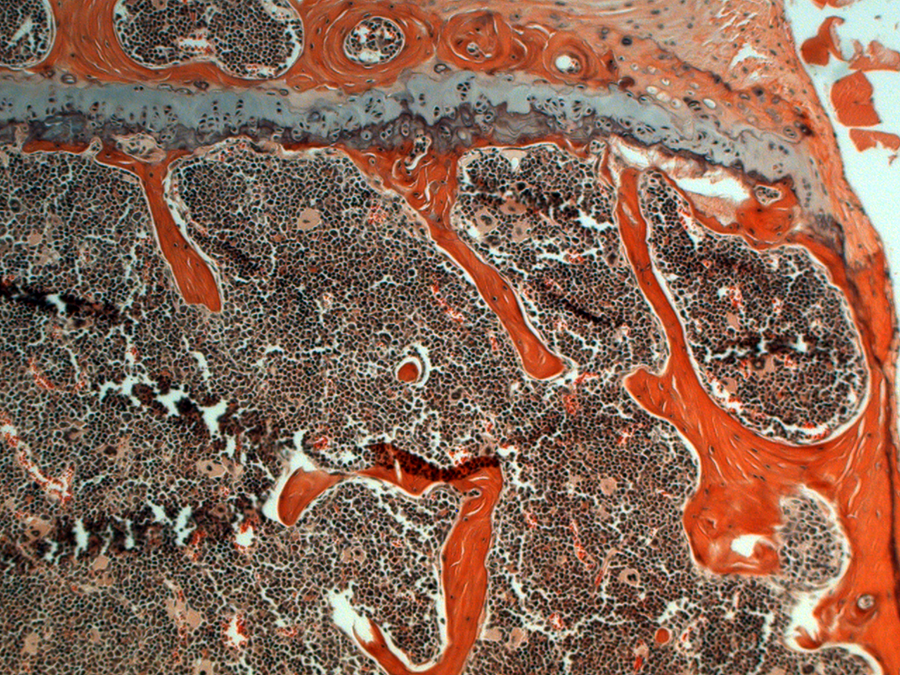
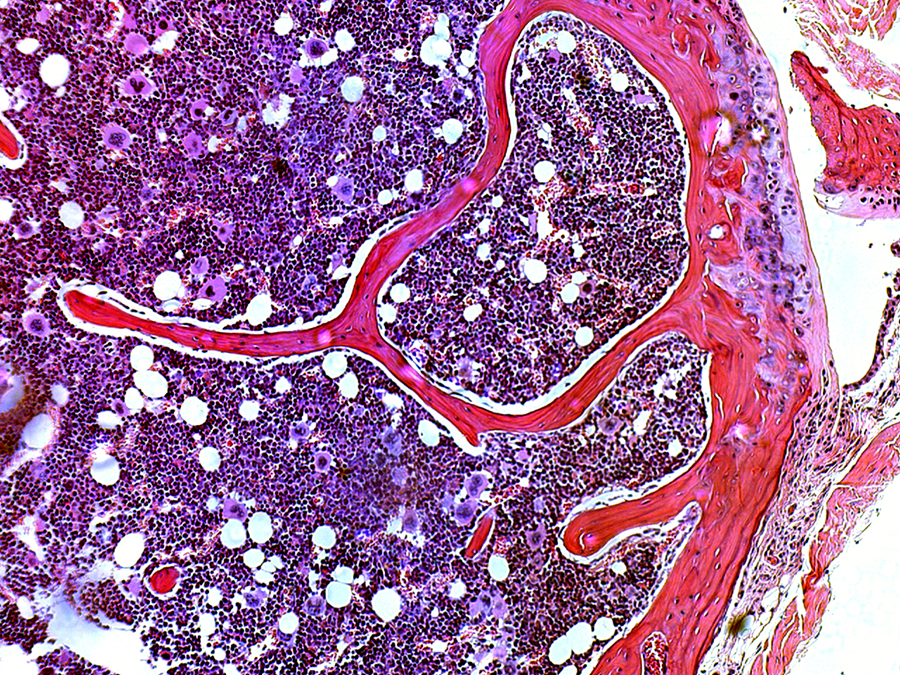
The mineralocorticoid receptor, or MR, is best understood as a key regulator of blood pressure and is highly expressed in the kidneys and cardiovascular system but has not been widely studied in bone.
“There are a number of folks here at MCG that have done great research on MR, but in other tissue systems — in adipose tissue, in the kidney, and cardiovascular tissue, things like that,” McGee-Lawrence explains. “So, when our data started pointing towards the MR being a big driver of what’s happening in the skeleton with age, we thought, well, we better go talk to the people that have dedicated a lot of time to studying that already.”
Those people included the research team at the Augusta University Adrenal Center who study stress hormones like aldosterone, which helps regulate sodium balance and blood pressure throughout the body. Aldosterone also affects the function and creation of osteoblasts, which make bone, and osteoclasts, which dissolve and break them down.
MR also is a receptor for aldosterone. And for glucocorticoids, steroid hormones that are a key modulator of the body’s stress response.
And as with everything in the body, it’s about keeping things in balance. Too much glucocorticoid and you get results like immune system issues, hypertension and bone loss.
“Most body tissues that express MR protect themselves from the effects of excess glucocorticoids, so that aldosterone can do what it needs to do,” she explains “And what we found in bone so far is that while especially as you age, bone does express more MR, it doesn’t kick in some of those same protective mechanisms to protect against glucocorticoids.”

With this new funding, McGee-Lawrence and her team want to examine local activation of glucocorticoids, which circulate through the body in inactive or active forms. “We already know that especially with aging, when MR goes up so much, the bone doesn’t compensate and express a lot of the enzymes that deactivate glucocorticoids,” she explains.
Their second aim is to look at MR in bone and figure out exactly what it does. “We do that by creating these knockout models and watching what happens in the skeleton. We are also fortunate that we can overexpress it and see what happens. That really came about because our colleagues at the Adrenal Center had that model already and we were able to start using it in bone almost immediately.”
And finally, they hope to figure out the balance between MR and glucocorticoids and how, when that tips one way or the other, it affects our aging skeletons. And they believe it’s about more than figuring that balance out in bone.
“What we’ve really come to appreciate over the last number of years is that bone is actually an endocrine organ. We think of it as a structural organ – it’s your frame, it’s the levers your muscles pull on, it’s protective of your internal organs,” she says. “But there’s also a lot of biological, signaling that happens from the skeleton. So, by changing something in the skeleton, you can affect a whole host of other tissues like muscle and fat, and even the adrenal glands. We’re looking at the bone first and foremost, but we also want to understand how the bone is talking to these other systems and what happens to these systems as we age.”
Along with McGee-Lawrence, co-investigators on the grant are Carlos Isales, MD, an endocrinologist and co-director of the MCG Center for Healthy Aging; Eric Belin de Chantemele, PhD, physiologist in the MCG Vascular Biology Center; Wendy Bollag, PhD, a cell physiologist who is an expert in the biology of the adrenal gland; and Kate Kosmac, PhD, from the AU Department of Physical Therapy who is an expert in skeletal muscle.
Discoveries at Augusta University are changing and improving the lives of people in Georgia and beyond. Your partnership and support are invaluable as we work to expand our impact.
 Augusta University
Augusta University
